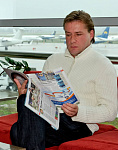However, leaving the sun-drenched beach, where azure waters meet golden sand, one hour later one can find oneself in the realm of snow-white peaks. The offer to go skiing on the island may cause a slight bewilderment among lovers of alpine skiing and snowboarding. It is fair to say that most residents of other countries have a superficial idea about the snow slopes of Cyprus. We suggest you get acquainted with the southernmost ski resorts of the European Union. Besides, winter, as they say, is "just around the corner".
Troodos Mountains
The forested Troodos Mountains are located in the western part of the island. During the "high" season it serves as a popular destination for ethnographic tours to authentic Cypriot villages. By nature, the mountains are not only a refuge from the summer heat, but also a place for active winter vacations. The people of Cyprus have a good tradition: at least once a year, especially at Christmas, get out to these places to live in cozy rural houses, admire the beauty of the surrounding nature and ride who knows how. In winter there are regular folk festivals and festivals, the main one being the Christmas fair.
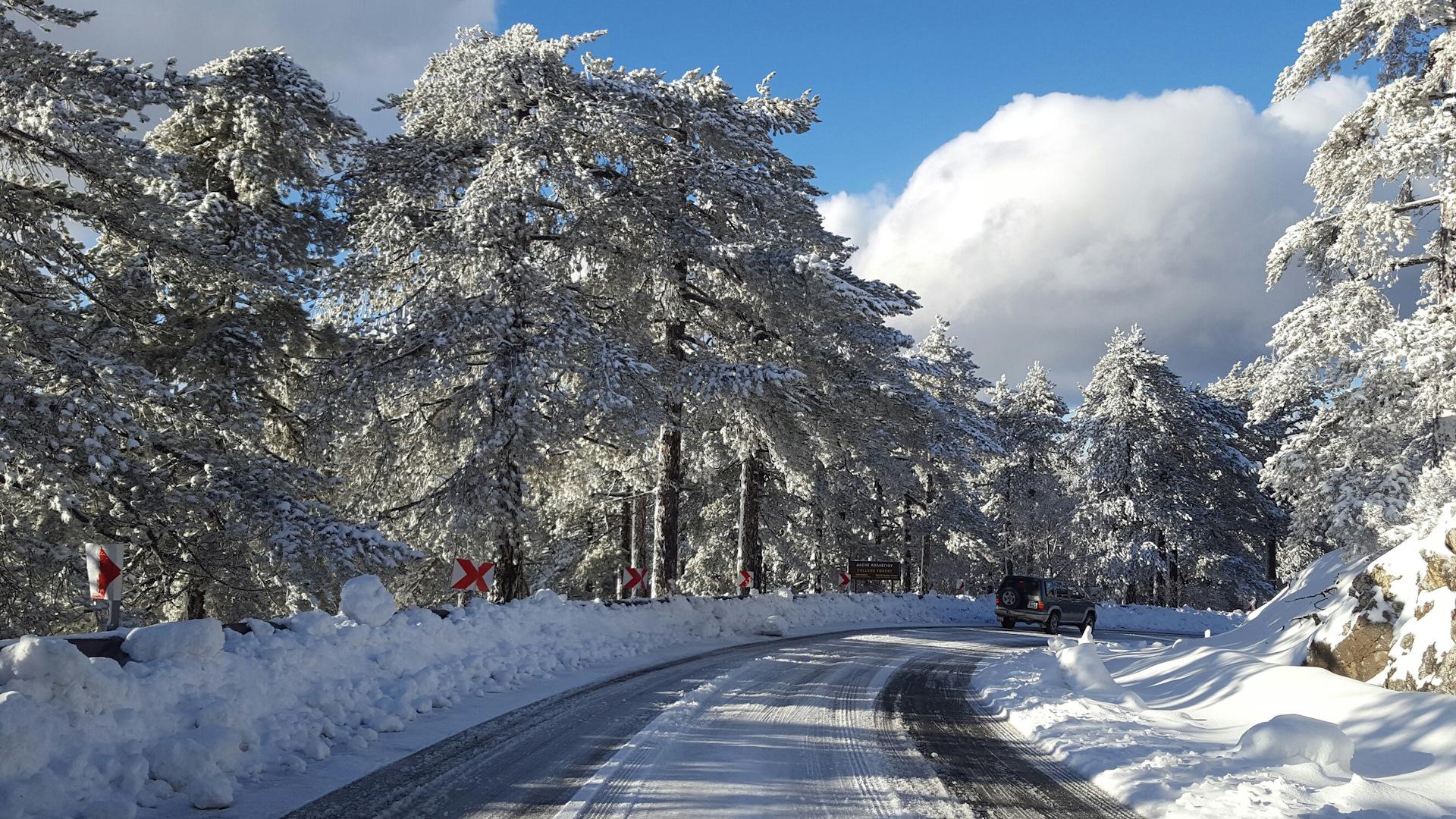
The main peak of the ridge and the whole island - Olympus (1 952 m) is the center of skiing, organized at the end of the Second World War by the British military. In the 1960s the site was handed over to the Cyprus Ski Federation and is still managed by it. The ski season in Cyprus starts at the end of December and lasts until April. Temperatures in the mountains can drop to -7-8°C at night, with snow cover reaching 2m on the lower slopes and up to 3m on the summit in snowy winters.
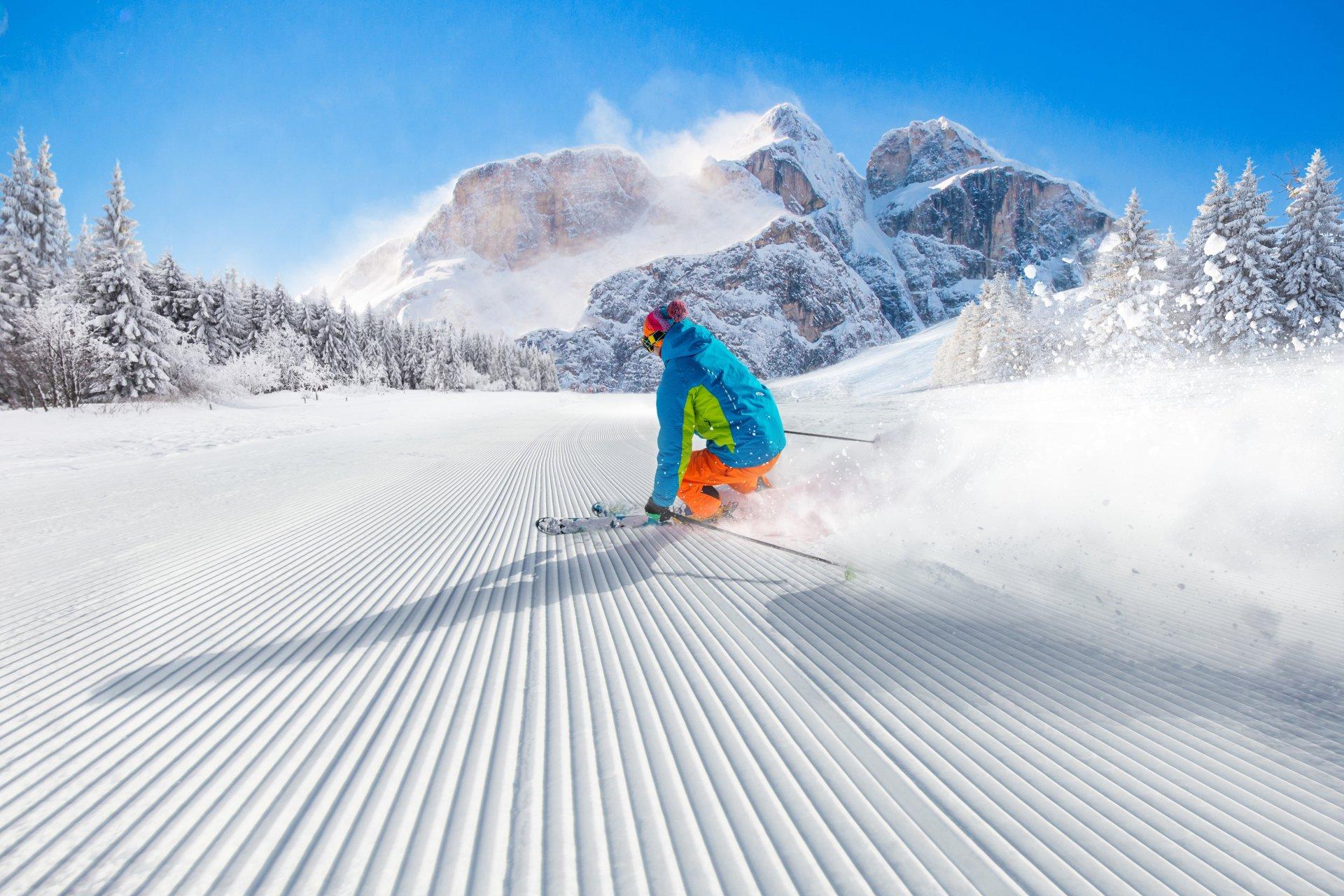
Map of the ski slopes
There are two slopes each on the northern and southern (aka "Sun Valley") sides of Olympus. They are named after the Greek gods and have the following characteristics:
Zeus slope - length 500 m, for experienced skiers, chairlift;
Hera slope - length 350 m for beginners, rope tow elevator;
Aphrodite slope - 150 m long, for beginners and children, rope tow elevator; Hermes slope - 150 m long, for intermediate level, rope tow elevator.

The elevators are open from 9 am to 4 pm. All slopes are regularly rolled out by special equipment during the season. In the absence of precipitation, snow cannons provide a safe covering. Thanks to the slopes of varying degrees of difficulty, both beginners and experienced riders can ski on Olimp. At the foot of the mountain is the office of the Cyprus Ski Club, whose members have preferential treatment, including discounts (up to 25%) on resort services. The club has a ski school, where experienced instructors "put on skis" all comers. Below are the basic prices (Euros):
Ski pass:
weekdays - 15, weekends - 25;
after 13 hours - 10;
for children - 10;
annual pass - 200.
Rental
skis - 15 per day (children - 10);
snowboard - 25 per day;
sledges - 10 per day.
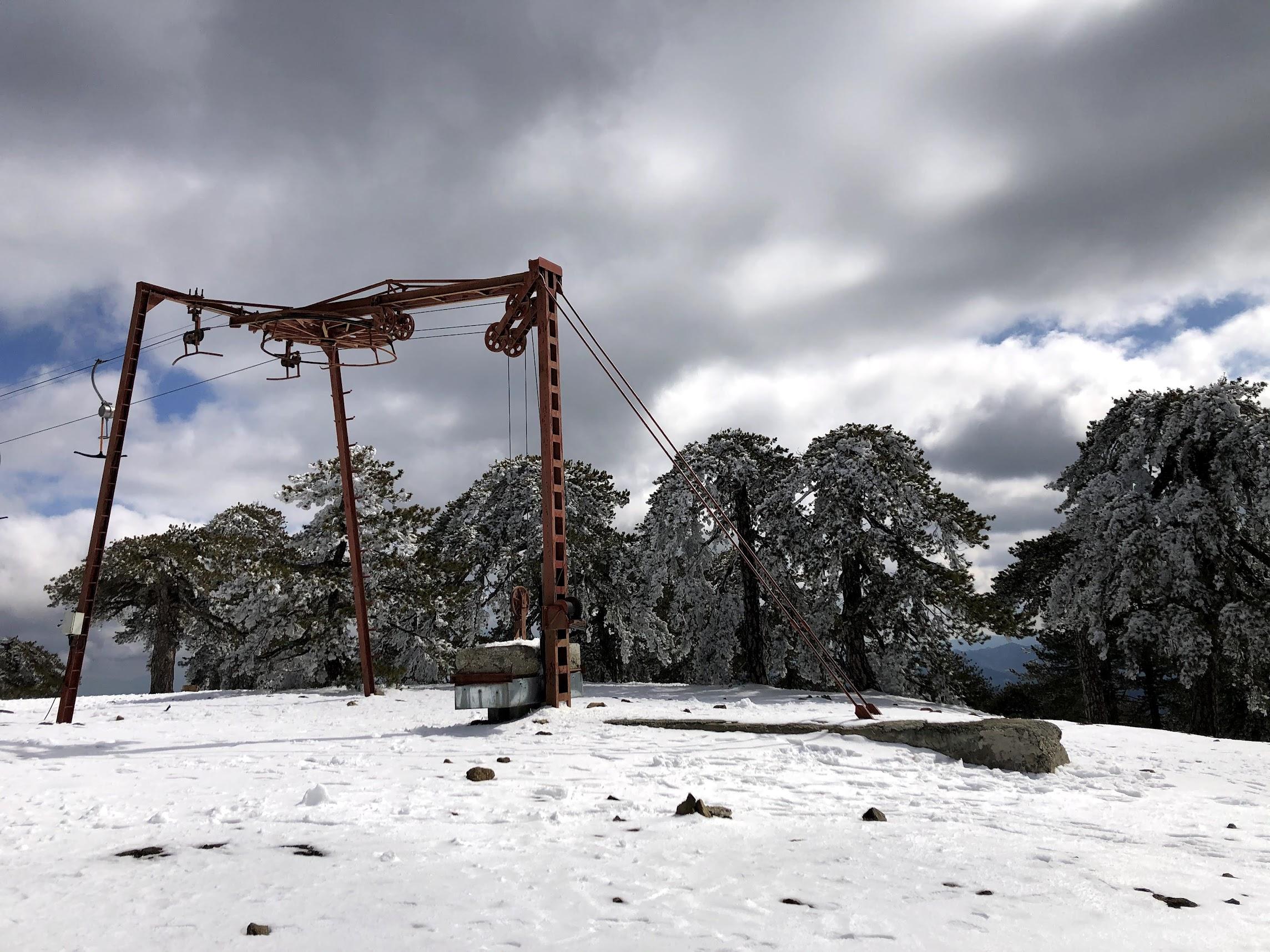
Mountain Resorts
Facilities, entertainment and hospitality for outdoor enthusiasts are provided by several local resorts. A couple of kilometers from Olympus is Troodos Hill and its comfortable hotels: Troodos Hotel and Jubilee Hotel Troodos. There are also a number of tourist stores here where you can buy everything you need.
Platres - the largest of the Troodos resorts is located 8 km from the ski club. The locals mainly rent accommodation to vacationers and are engaged in gardening and winemaking. There are many scenic nature trails and waterfalls in the area, often visited by hikers and cyclists.
Pedoulas, 17 kilometers from the ski club, is surrounded by pine forests and cherry orchards. Thanks to the chapel of Archangel Michael and the ethnographic museum in the village, you can get to know the culture and life of the Cypriot hinterland.
Kakopetria is the most colorful village, located 20 km from Olympus. It stands on the banks of two rivers, which merge in its center to form the Klarios River. The most interesting sites to visit are the water mills and the Linos Museum. In all settlements, hospitable hosts offer relaxation in cozy cabins with fireplaces, as well as tasting wines, cheeses and local dishes from farmers.
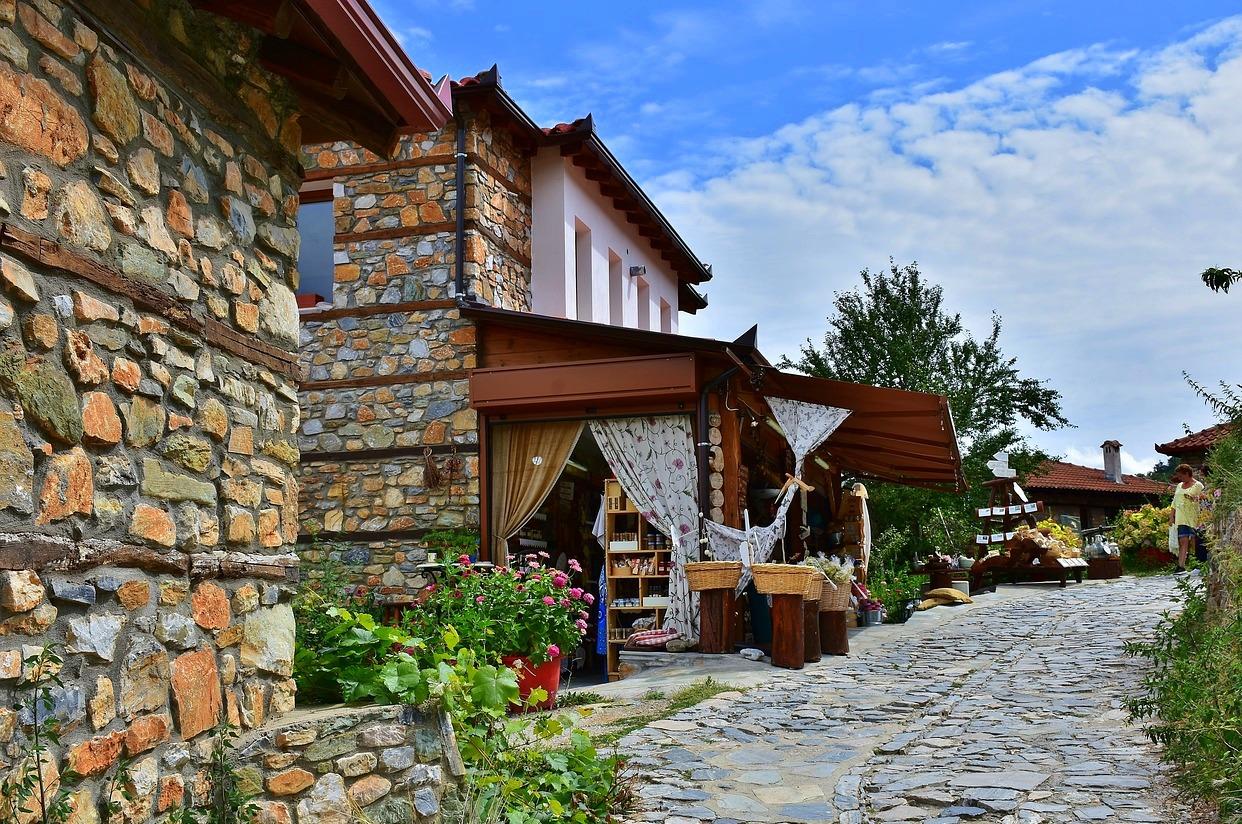
Equipment
Boarding or skiing takes place in variable and challenging conditions for the human body. Therefore, a certain set of sports equipment and clothing becomes necessary. And if skis and boards can be rented, then boots and the rest of the ammunition will have to be brought with you. In addition, you should not forget at least one set of "civilian" clothes to change completely after skiing.
Clothing
For a comfortable stay in the mountains, it is necessary to observe the rule of multiple layers. In other words, the skier should wear the right thermal underwear (inner layer), insulation (intermediate layer) and overalls or jacket + pants (outer layer). The main function of thermal underwear, consisting of a jacket, pants and socks, is to transfer excess heat and moisture from the body to other layers. When sewing such clothes, a combination of wool and elastic synthetics is used. The task of the 2nd layer is to keep warm and not to retain moisture. For this purpose, jackets (sweaters) made of varieties of fleece or more technological polartek are worn. Wool products are an option for severe cold weather, which is not typical of the Cypriot climate. In addition, their weight as well as their ability to collect moisture is higher than synthetics.
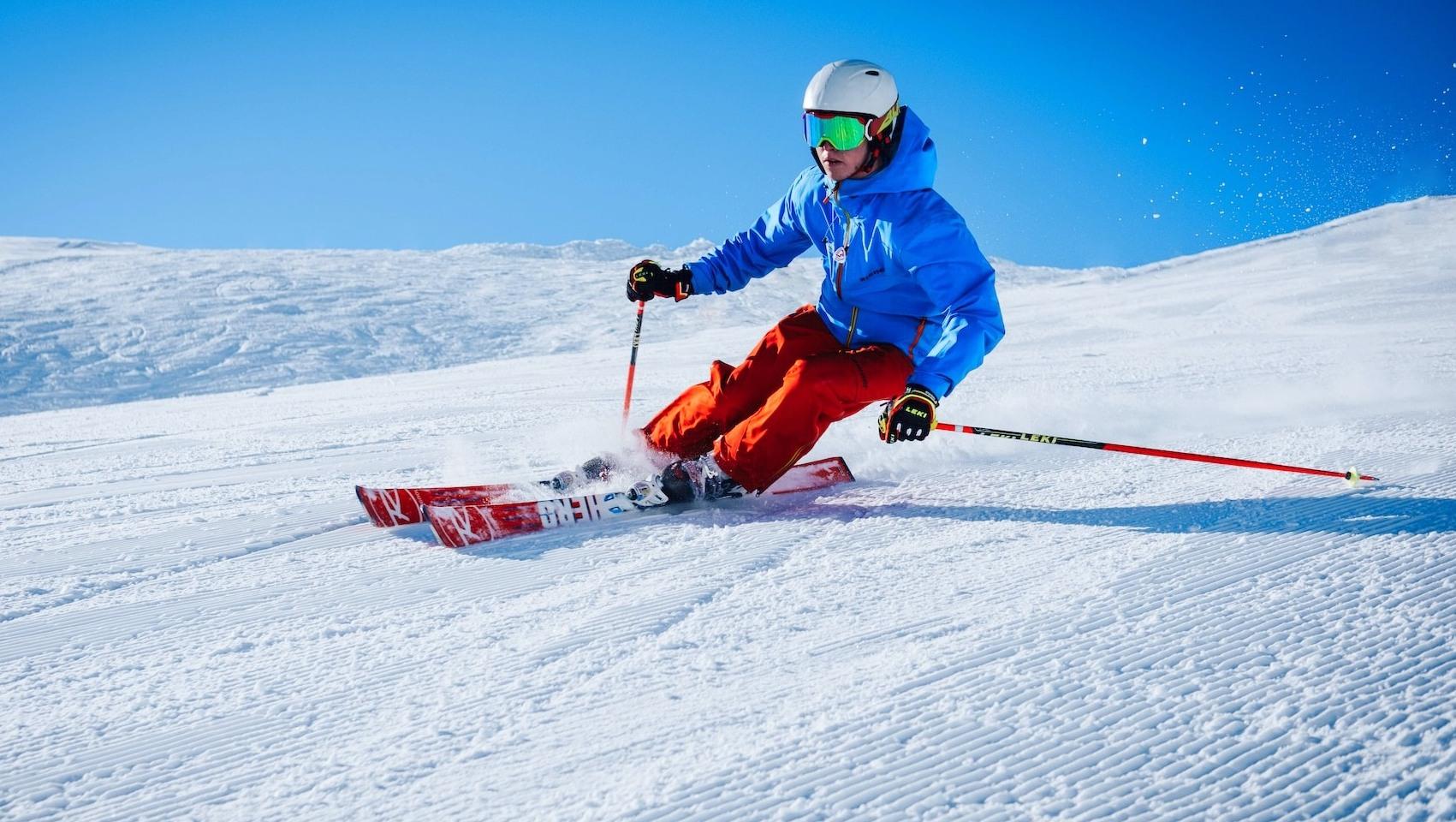
The main requirements for the third layer of clothing are wind and moisture protection combined with breathability and ventilation. The optimal choice will be high pants with straps and a jacket, preferably bright color, coming on the pants at least 10 cm. The suit is sewn from material with appropriate properties and practical synthetic insulation inside, which is much better than natural down copes with its functions. The jacket should have a tight hood, snow "skirt" and zipper inserts for ventilation. Special ski socks, which are often given little attention, provide feet comfort, dryness and safety. They resemble socks, made without a single seam with seals in places exposed to the greatest stress. In addition, such socks have a special anti-slip coating, therefore, the combination of woolen house socks with ski boots should be forgotten.
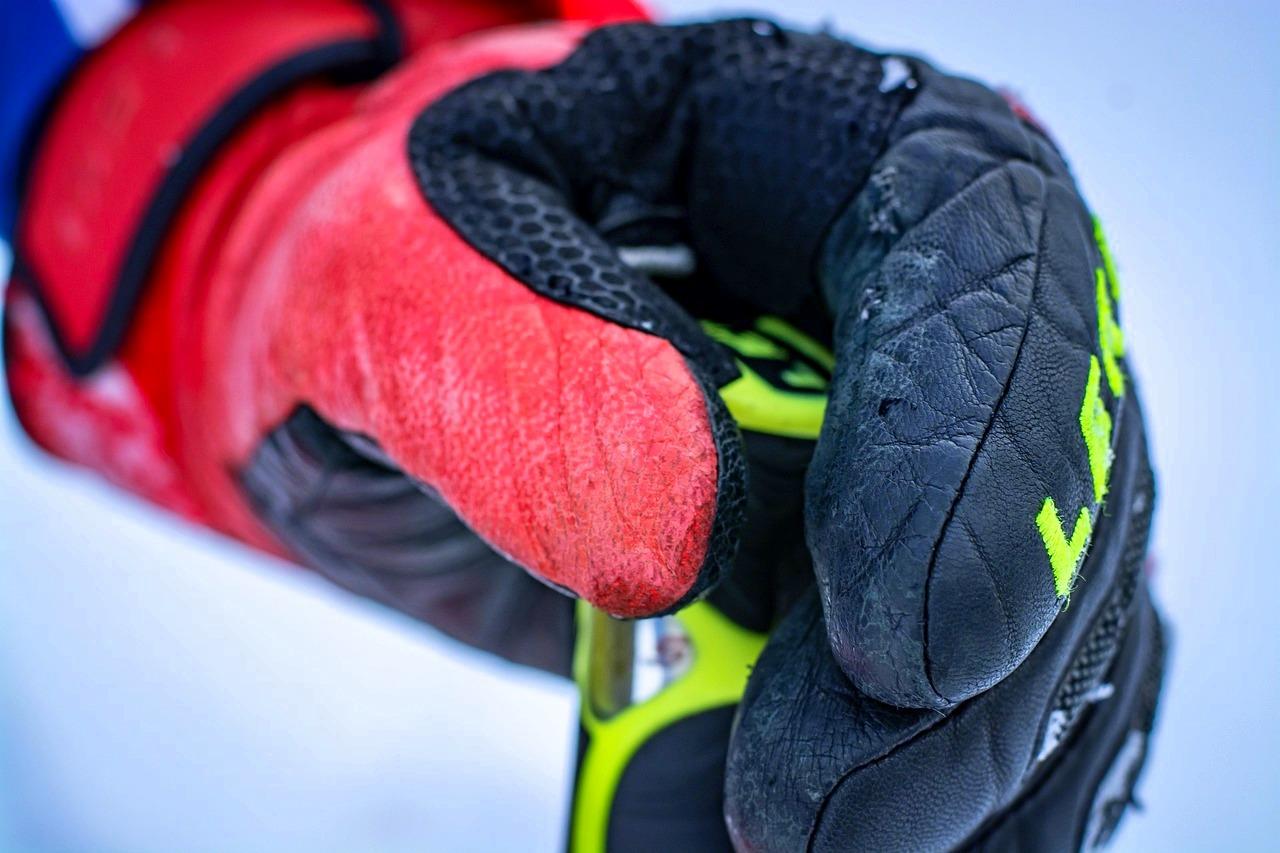
Gloves, first of all, perform a protective function in case of a fall. They should not allow moisture and wind to pass through, and the inner part is lined with durable anti-slip material. To buy ski boots should be approached responsibly, as the wrong choice can cause discomfort and even agony at the most inopportune moment. Shoes should tightly fit the foot, but do not squeeze hard. It is not acceptable to move the foot back and forth and a large separation from the insole. At the fitting of shoes with fastened clips should walk, jump and squat. If any discomfort occurs, the pair should be replaced. Depending on the level of training, skiers choose boots of different stiffness. Beginners, as a rule, choose softer ones. The same rule applies to snowboard shoes. In addition, the method of lacing and the properties of the inner "stocking" are also taken into account.
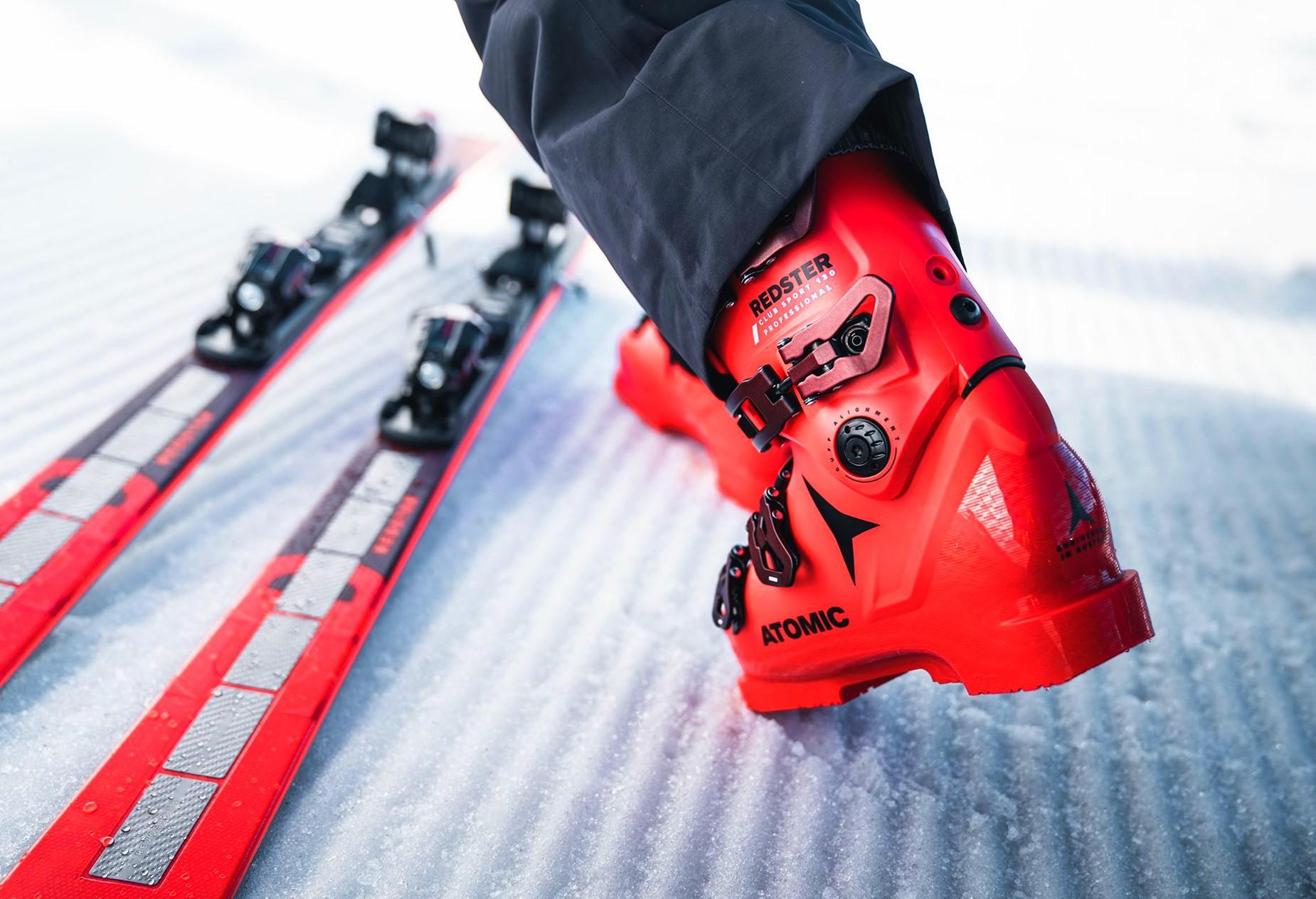
Equipment
A durable helmet performs the most important task - effectively protects the head in case of a fall. It should fit comfortably on the head without reducing the view and properly fix the chin and cheekbones. A helmet should not be worn over a hat, otherwise it may come off on the first turn. Ski goggles or mask protect your eyes from wind, snow and UV light. Optimal filter colors are orange or yellow, which provide good visibility in any weather. The glasses are coated with antifog, which means that they cannot be wiped from the inside after washing! Ski poles should be chosen according to your height: when you place them on the floor and hold them in your hands, the latter should be bent at 90° at the elbows. It should be borne in mind that in the process of skiing the tip of the stick is immersed in the snow up to the locking ring.
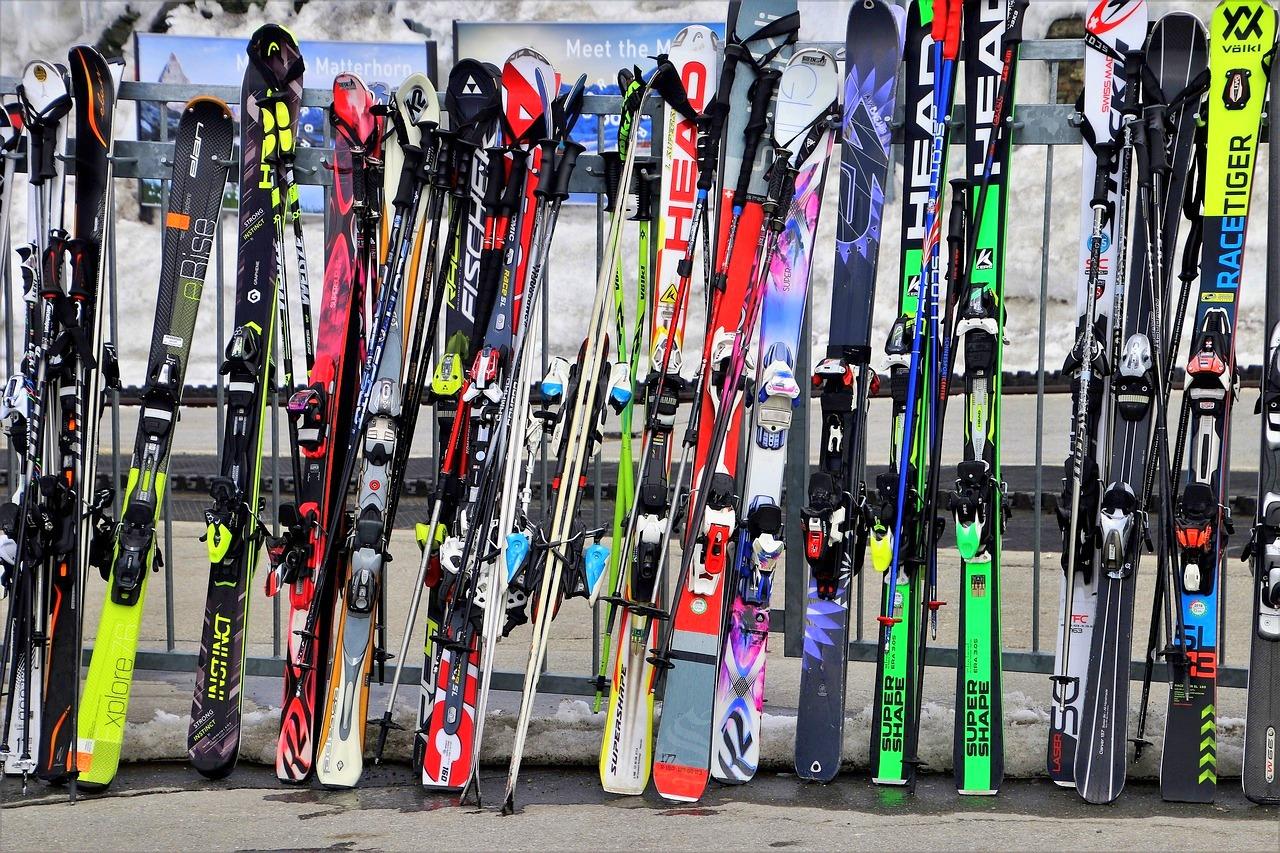
When choosing skis you should objectively assess your skiing level and the type of tracks on which they will be used. Length is one of the main parameters that should be paid attention to. A long length contributes to stable behavior at speed and efficient braking. Short skis are more maneuverable and better suited for low slopes, wide skis are adapted for skiing on loose snow and "virgin snow". To determine the right length, the "30 cm rule" applies: the skis should correspond to the athlete's height plus or minus 15 cm. For beginners, it is recommended to ski up to the bridge of the nose. When choosing the size of the snowboard, two rules are used: the width is a couple of centimeters more than the length of the boarder's boot, and standing on the ground, the board reaches the gap between the chin and nose. Beginners can take 10 cm shorter.
Mountain essentials include a ski backpack, sunscreen, elastic bandages, Band-Aids, boot dryer, thermos, flask and phone case.
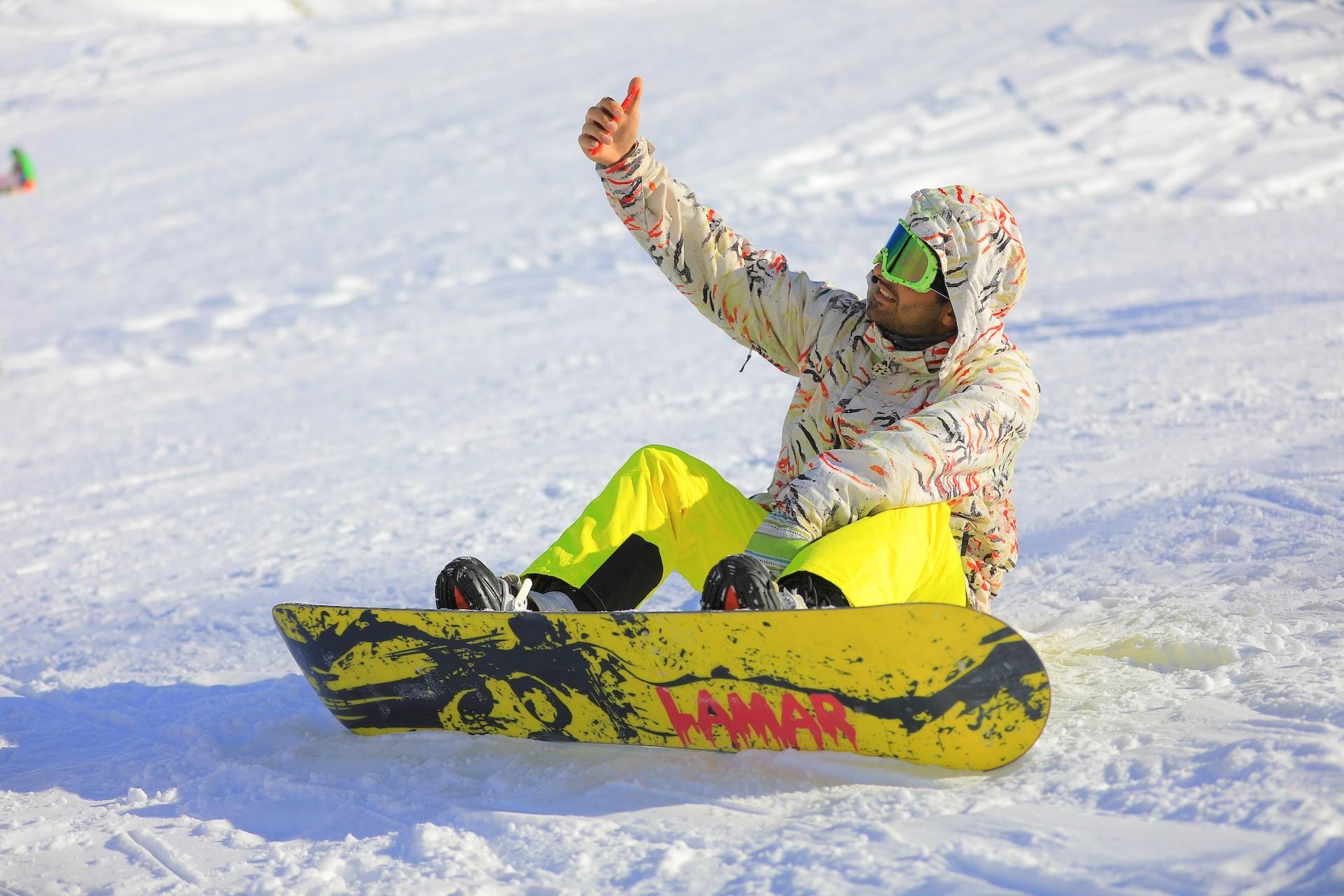
Safety
Regardless of skill, snowboarders and skiers can encounter hidden dangers in the mountains. Below are the most obvious ones and measures to neutralize them:
At high altitudes there is an increased intensity of UV radiation combined with the reflection of light from the snow surface. To avoid thermal damage to the skin it is necessary to apply sunscreen.
To protect your eyes in snowy mountainous terrain, it is recommended to wear sunglasses at all times.
In order to prevent hypothermia in conditions of changeable mountain weather and change of load it is necessary to choose the right clothes and footwear. The resources spent on quality equipment will be repaid with comfort and ease of movement.
To avoid dehydration during physical activity at altitude, you should drink more. The body's need for fluids is explained by the low humidity of mountain air and high oxygen content.
With the onset of dusk or in cloudy weather after a bright sun, pay extra attention to the trail. Under the influence of sunlight the upper layer of snow melts, and after the celestial activity decreases it becomes covered with a crust of ice. Skating on such a surface is fraught with falls and injuries.
Dizziness, nausea and weakness are the main symptoms of mountain sickness. The best remedy is warm sweet tea and a healthy sleep.
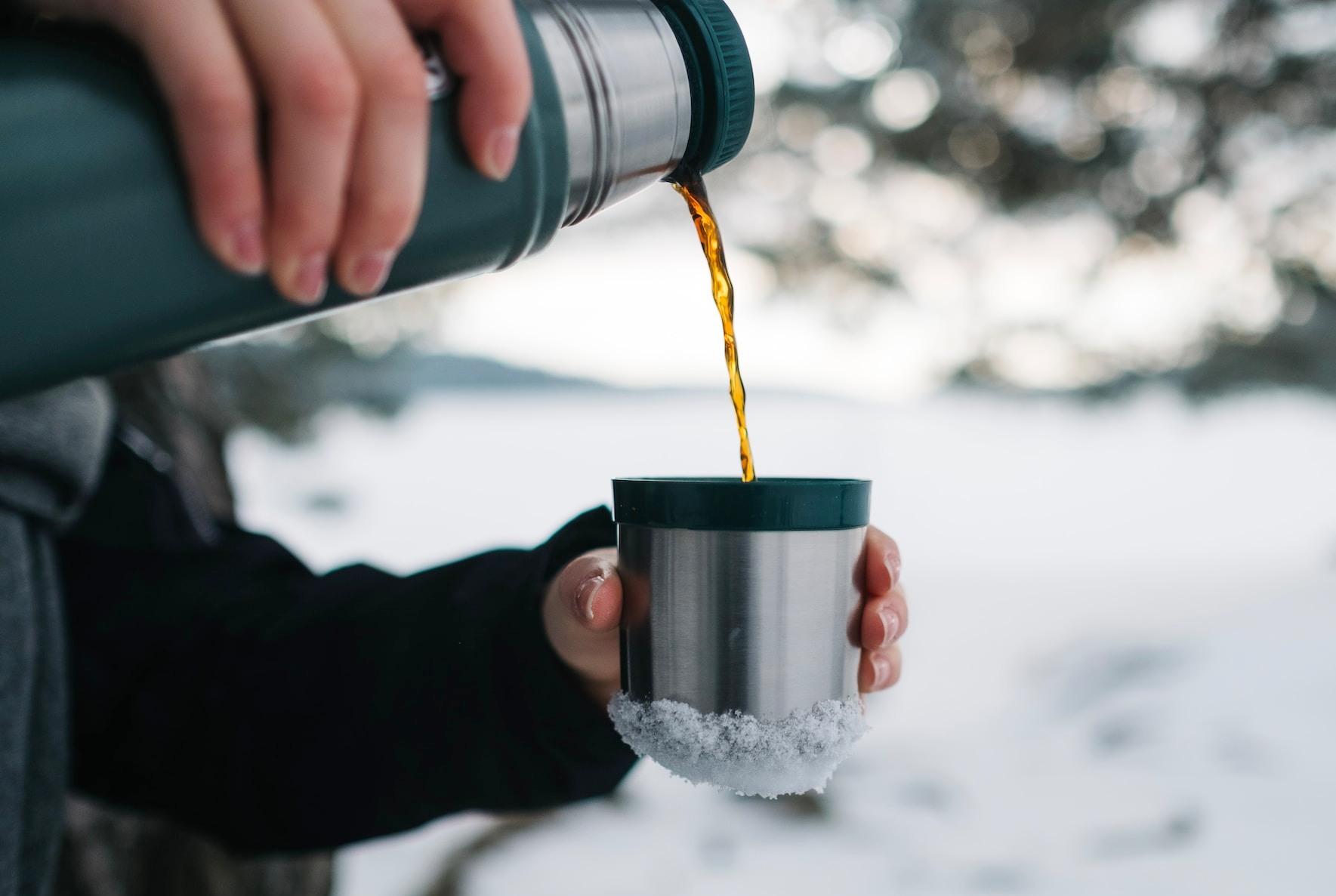
How to get there
The ski center is an hour's drive from Nicosia or Limassol. The highway B9 leads to it from the capital, and from the seaside town - B8. Intercity bus routes run to the village of Platres. Cyprus does not use winter tires and to drive on the roads of Troodos it is necessary to wear snow chains on the wheels. Communal services clear the roads from snow quite quickly, however, in case of heavy precipitation the police can block the passage and allow only four-wheel drive cars with chains.
According to the objective opinion of locals Cyprus is more than sun, air and water. Diverse recreation is provided here at any time of the year and everyone has the opportunity to choose entertainment to his heart. Obviously, the island is not included in the TOP of world tours for snow riders, especially extreme riders. Nevertheless, Troodos guarantees comfortable vacations in the unique atmosphere of a winter fairy tale.
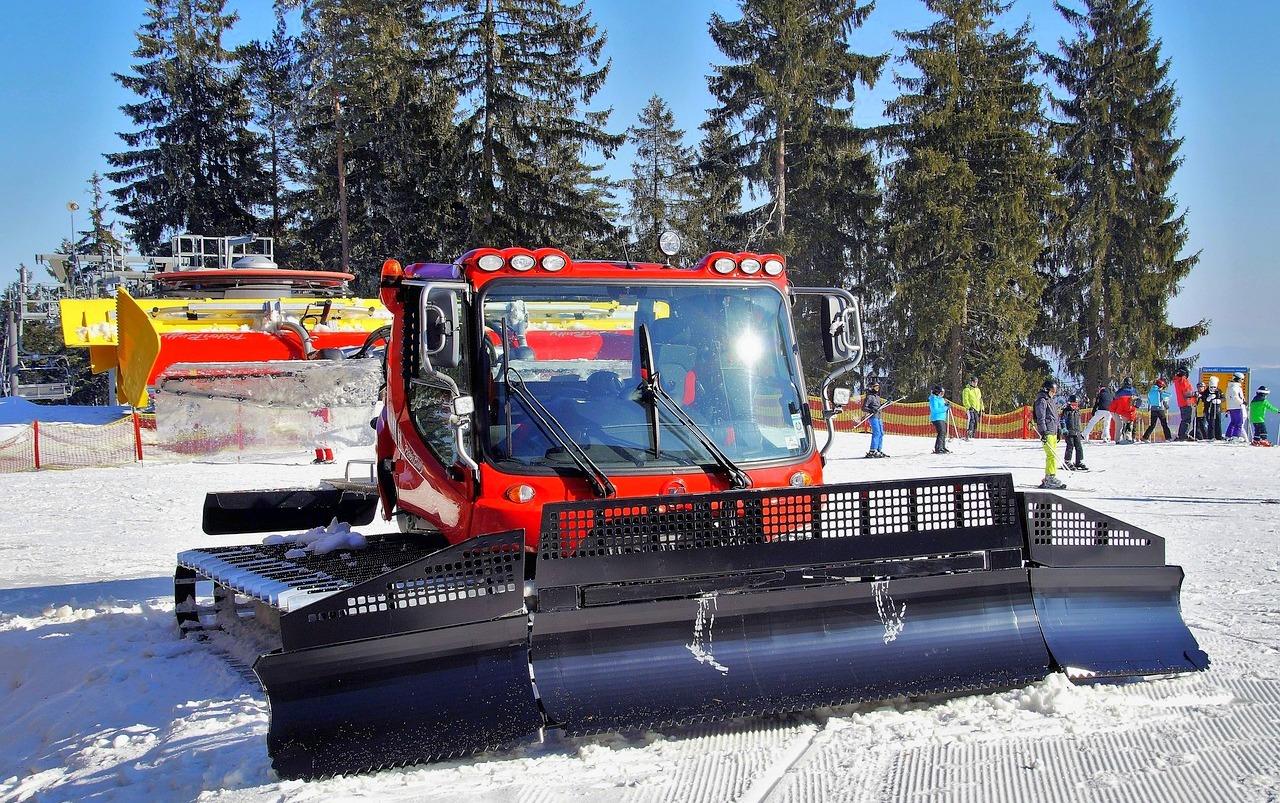
Read also:

